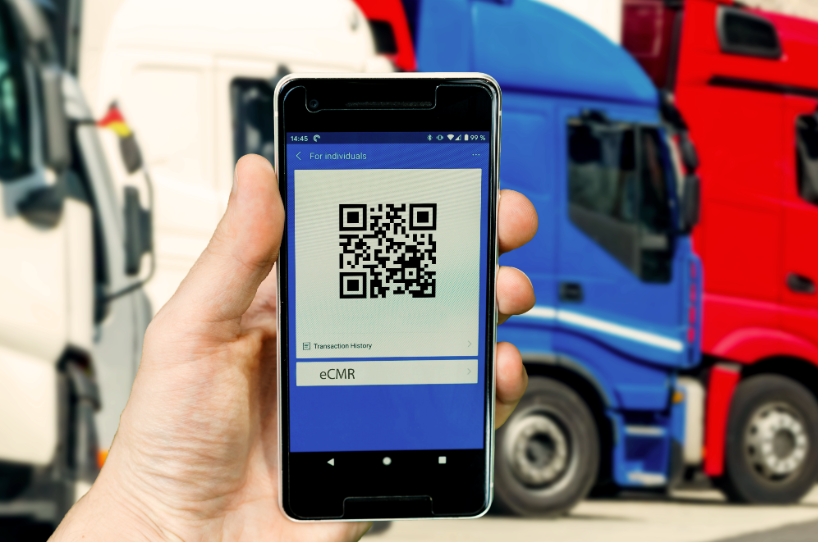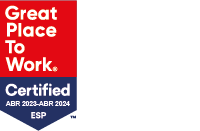ECMR and Digital Tachgraphs: are we ready?
Digitization of the Transport sector in Europe
New technologies have managed to improve many aspects of our lives by simplifying processes that previously seemed too complex. This has also happened in the road freight transport sector.
An example of this is the eCMR. This electronic consignment document allows carriers and operators to securely issue, store and exchange information thanks to real-time data recording. Something that previously involved carrying out numerous procedures and, consequently, a long process over time, can now be done in a simpler way, saving time and costs at the same time. For this reason, the European commission has been working for some time on a project that will transition the sector away from the traditional paper CMR to a digital format more commonly known as ECMR, where the generation, control and management of documents are managed electronically in a central platform, eradicating the need to use or carry paper in the vehicle.
Save time and trees!
According to various studies, the labor cost of making the consignment notes manually is estimated at three or four euros for each consignment.
With the eCMR this cost would be reduced by approximately 50%, eliminating direct costs such as paper and ink. There is also the indirect savings which are less tangible but equally as important, for example, the time that our workers dedicate to the administration of these documents, such as scanning, copying, locating etc. which as we know are collectively very time consuming.
What are the advantages of the ECMR?
The eCMR cannot be transferred and it is easier to guarantee its originality. On the contrary, when physical CMRs are handled, these can be referred to other carriers and their acceptance by shippers can be reduced.
Greater effectiveness and better transmission of information in the management of road transport operations. Both the relationship with the client and with the intermediary operators and official bodies is made simpler through enhanced transparency and updates in real time.
There is also the obvious an important sustainability impact, by eliminating the use of paper in the original and duplicates.
Avoid misunderstandings arising from the use of paper documents, in which both numbers and letters can have different interpretations.
One of the features most demanded by our customers in their digitization processes is the remote download of the tachograph and driver cards, to which they are obliged to comply with according to European regulations, and which involves the storage of complete information for a period of 2 years and the guarantee of its inalterability.
This automation also allows planning tailored to each fleet operator, so that they are carried out periodically and remotely, without the need to spend time performing manual downloads when the vehicle returns to the base.
Advantages of remote tachograph download
Savings in hardware devices and time, by not requiring the physical presence of the vehicle during the download process.
Ease of management, centralizing the downloading process of the entire fleet whilst not needing to stop helps maximize fleet efficiency.
Automation of processes, allowing common internal protocols to be maintained and programmed, saves human resources previously required to manage and control these processes.
Independence of the tachograph model. All tachographs are downloaded to the same storage and with the same information. Maintaining the quality of the information and avoiding storing erroneous and incomplete files.
Downloads on demand. It allows an immediate download of the necessary period, to deal with any incident or alert in real time.
Availability of analysis information on the use of each vehicle and driver, to optimize material and human resources.
Facilitates fleet maintenance thanks to the availability of information on events, faults and alarms recorded in the tachograph.
Avoid/minimize fines related to tachograph offences but receiving alerts indicating potential problems before they occur.
In conclusion, for current transport companies it is essential to join this “technological wave”, which implies having a good fleet management solution that integrates the remote download of the tachograph and digitize manual processes such as the CMR, in order to optimize its performance and define strategies for competitiveness, cost savings and the avoidance of non-compliance.





